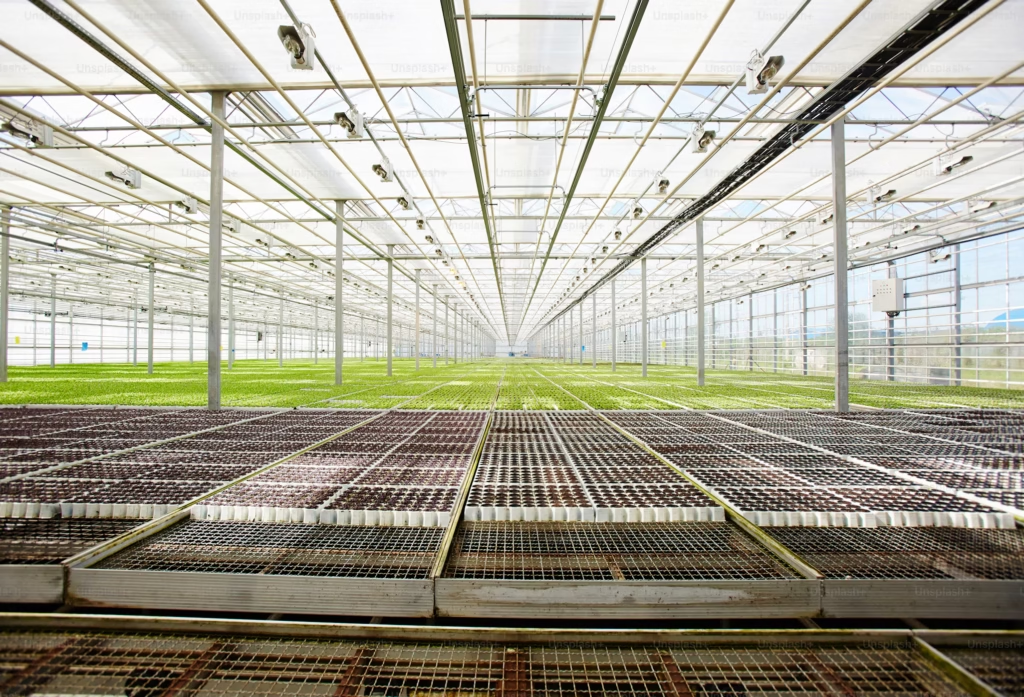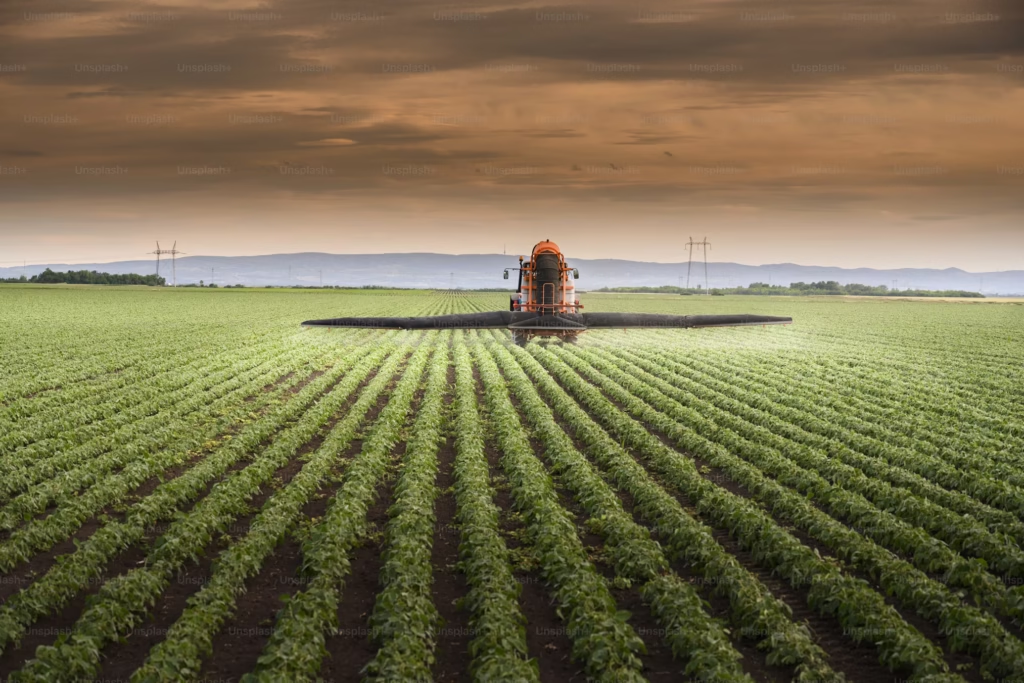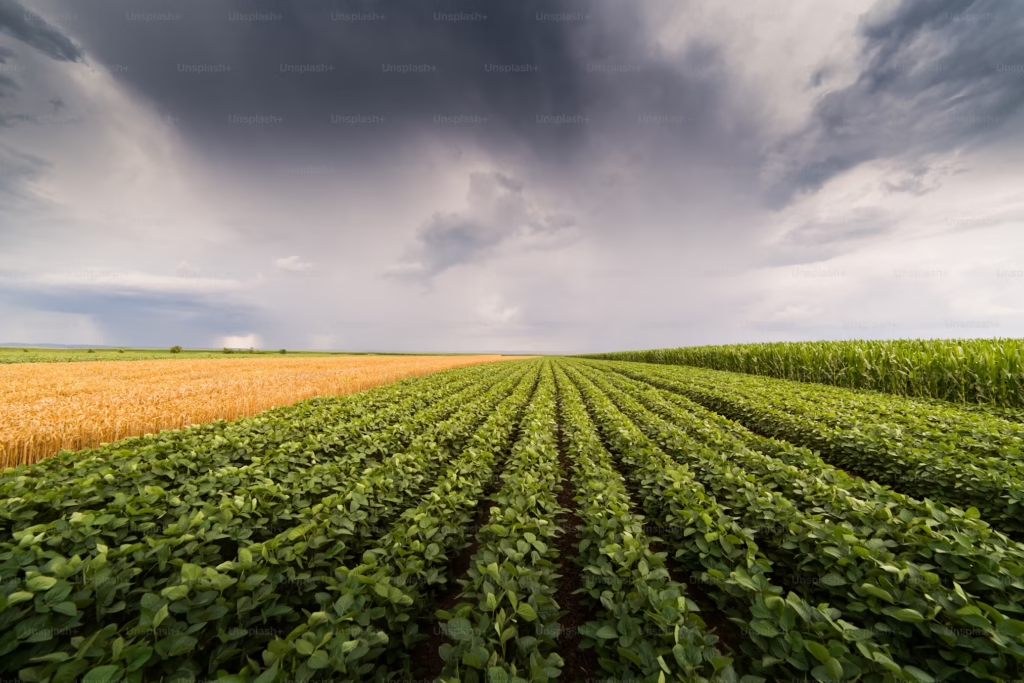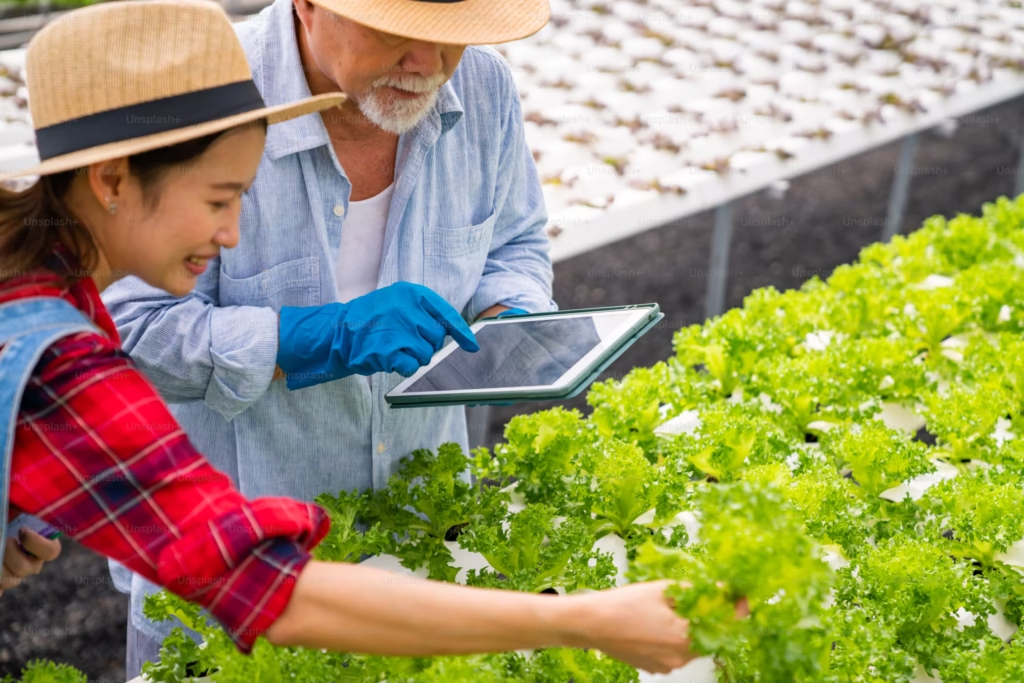
How Vertical Farming Is Changing Urban Agriculture
Urban areas around the world face significant challenges in terms of food production, sustainability, and land use. As cities continue to grow, the demand for fresh, locally grown produce rises, yet available land for traditional farming is limited. Vertical farming offers a promising solution to these challenges by transforming how food is produced in urban environments. This innovative farming method uses vertically stacked layers to grow crops, often in controlled indoor environments, making it possible to grow food in the heart of cities, regardless of land availability.
In this article, we’ll explore how vertical farming is revolutionizing urban agriculture, its benefits, and the future of farming in cities.
1. What is Vertical Farming?
Vertical farming involves growing crops in stacked layers or vertically inclined surfaces, typically in a controlled indoor environment. Unlike traditional farming, which requires large areas of land, vertical farming makes use of small urban spaces, such as rooftops, warehouses, or vacant buildings, to grow food. This can be achieved through hydroponics, aeroponics, or aquaponics, where soil is replaced with nutrient-rich water or air.
2. Maximizing Limited Space
One of the main benefits of vertical farming is its ability to maximize limited urban space. By growing crops in layers, vertical farming allows for the cultivation of large quantities of food in relatively small areas. In cities where land is scarce and expensive, this method can be particularly valuable. For instance, a warehouse or rooftop that would otherwise go unused can be converted into a vertical farm, providing a local source of fresh produce without taking up valuable land.
Key Benefit: Urban spaces like warehouses, basements, and vacant buildings can be converted into productive farms, reducing the need for rural land and transportation.
3. Reduced Transportation Costs and Carbon Footprint
Traditional farming relies heavily on transportation to move food from rural areas to urban centers, contributing to greenhouse gas emissions and food waste. Vertical farming, on the other hand, eliminates the need for long-distance transportation. Since the food is grown within city limits, it can be harvested and delivered directly to local markets, grocery stores, or consumers, reducing transportation costs, spoilage, and emissions associated with food delivery.
Key Benefit: Lower transportation costs and a reduced carbon footprint make vertical farming an eco-friendly alternative to conventional agriculture.
4. Increased Food Security and Local Resilience
Urban populations often depend on external sources for their food supply, making cities vulnerable to disruptions in the supply chain, such as natural disasters, trade disruptions, or transportation issues. Vertical farming offers a solution by making food production more localized and resilient. Cities with vertical farms can produce fresh, nutritious food year-round, helping to ensure a stable food supply and increase food security for urban dwellers.
Key Benefit: Vertical farming strengthens urban food resilience by diversifying local food sources and reducing reliance on external supply chains.
5. Water and Resource Efficiency
Vertical farming is highly efficient when it comes to water usage. Traditional agriculture uses vast amounts of water, particularly in areas with limited water resources. Vertical farming, through systems like hydroponics and aeroponics, uses significantly less water by recycling and reusing it within a closed system. In these systems, water is absorbed by the plants and then collected and filtered for reuse, minimizing waste.
Key Benefit: Vertical farming uses up to 90% less water than conventional farming, making it an ideal solution for areas with water scarcity.
6. Year-Round Crop Production
Another advantage of vertical farming is that it allows for year-round crop production. In traditional farming, weather conditions and seasonal changes limit what can be grown and when. With vertical farming, crops are grown in climate-controlled environments, allowing them to flourish no matter the season or external weather conditions. This ensures a constant supply of fresh produce throughout the year.
Key Benefit: Year-round production allows vertical farms to supply fresh produce consistently, without seasonal interruptions.
7. Reduction of Pesticide Use
In traditional farming, pesticides and herbicides are often required to protect crops from pests and diseases. However, these chemicals can have harmful effects on the environment, wildlife, and human health. Vertical farming, due to its controlled environment, reduces the need for pesticides. Plants are often protected from pests in a more sustainable way, using integrated pest management or natural predators.
Key Benefit: Reduced pesticide use in vertical farming promotes healthier produce and a safer environment for workers and consumers.
8. Innovation in Crop Varieties
Vertical farming encourages the use of advanced technologies and innovative growing methods, allowing farmers to experiment with new crop varieties that may not thrive in traditional farming environments. This includes the potential for growing exotic or non-native crops in urban settings. Additionally, vertical farms can focus on high-value, high-demand crops like herbs, leafy greens, and microgreens, which often require less space and can be sold at premium prices.
Key Benefit: The ability to grow unique and high-value crops in urban settings opens new opportunities for local food markets and increased profits.
9. Job Creation and Economic Opportunities
The rise of vertical farming has the potential to create new job opportunities in urban areas. These jobs span various sectors, from technology development and farming to marketing and distribution. Additionally, vertical farms provide opportunities for urban dwellers to be involved in local food production, contributing to a more sustainable local economy.
Key Benefit: Vertical farming generates employment in urban areas and supports the growth of local economies by creating new opportunities in agriculture and technology.
10. The Future of Urban Agriculture
As cities continue to grow and the demand for sustainable food sources increases, vertical farming is poised to play a crucial role in reshaping urban agriculture. Innovations in lighting, automation, and AI technology are making vertical farming more efficient and cost-effective. With continued investment, vertical farming could become a key component of urban food systems, helping cities meet the food demands of the future while minimizing environmental impact.
Key Benefit: The future of vertical farming looks bright, with advancements in technology driving efficiency and making urban farming more accessible and profitable.
Conclusion
Vertical farming is transforming the way food is produced in urban areas, offering a sustainable, resource-efficient, and scalable solution to the challenges faced by traditional agriculture. With benefits like reduced water usage, local food production, lower transportation costs, and year-round crop availability, vertical farming is not just a trend but a revolution in urban agriculture. As technology continues to advance, vertical farming could become a cornerstone of urban sustainability, helping cities thrive and ensuring a steady, healthy food supply for generations to come.



